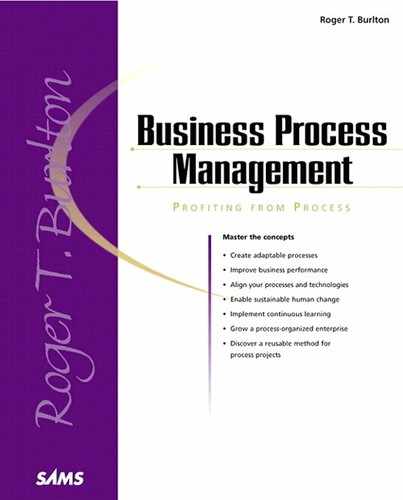Summary
Reducing the risk of failure is still an inexact practice that requires humans to make their best assessment of what can go wrong. However, as I have attempted to show, risk can be managed with some diligent activities that will minimize the chance of poor results and lack of performance. The challenge is, and will always be, to judge correctly how much time should be spent on this type of activity. To reduce risk to zero would mean massive overhead, and the job would never be done. This can become a risk in itself. However, just hoping and praying, that by not spending any time on a potential problem, everything will turn out fine is simply dreaming; this lack of action will come back to haunt you. Finding the balance between the extremes is the trick. It requires an approach as well as experience.
Often, the biggest reason for failure is the inability to get your stakeholders to change. Getting stuck in old beliefs and behaviors will certainly prevent success. Be sure to include an assessment of stakeholders’ willingness to change in your risk evaluation. Getting people out of their past is not a trivial undertaking. Chapter 8, “Human Change,” will deal specifically with how this can be accomplished.
